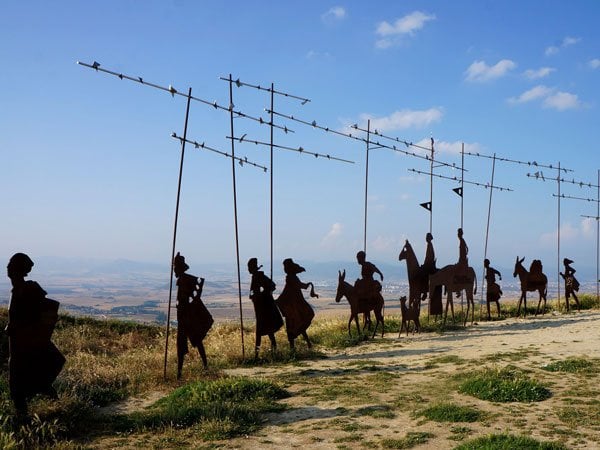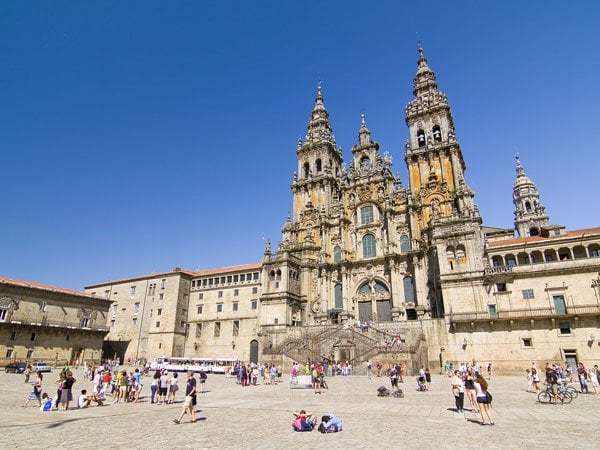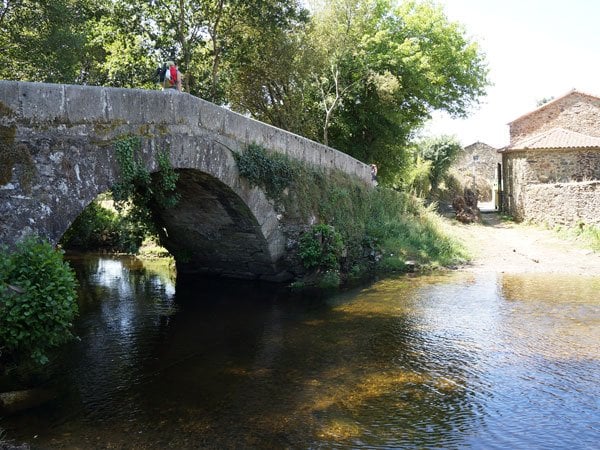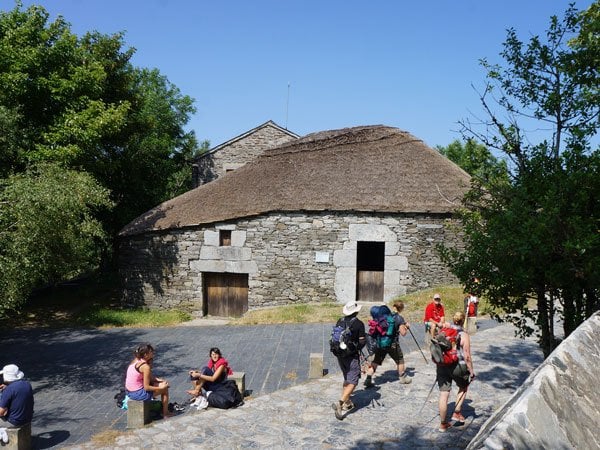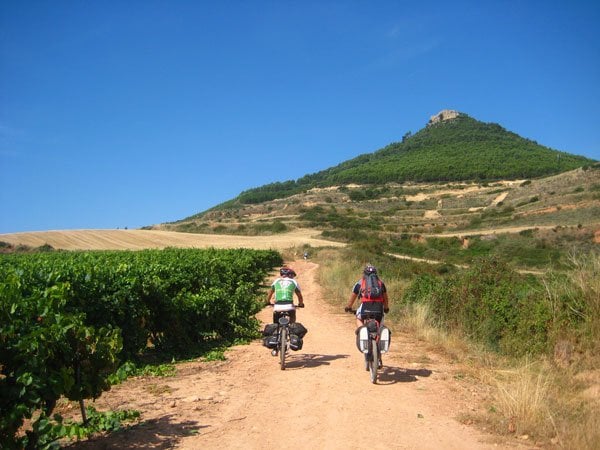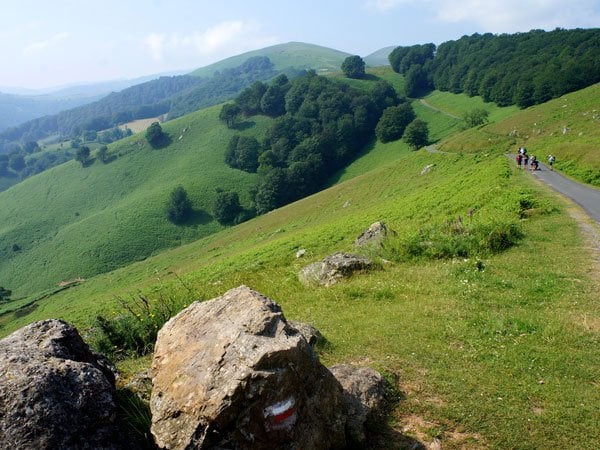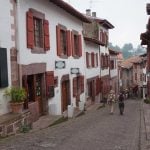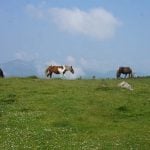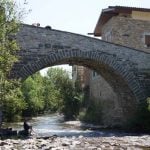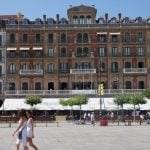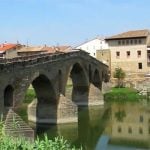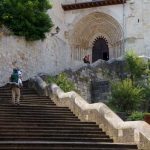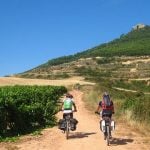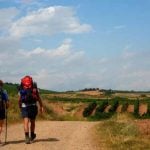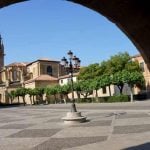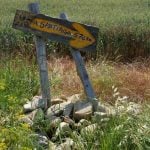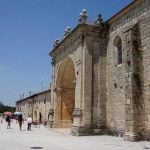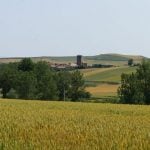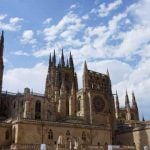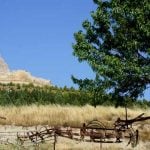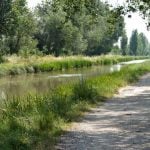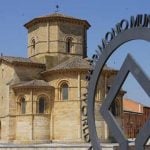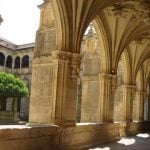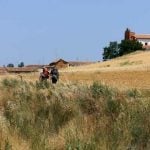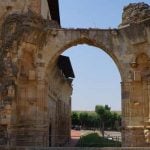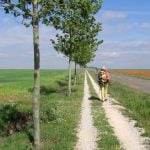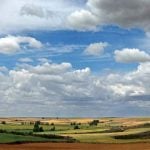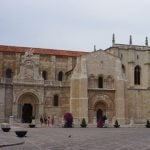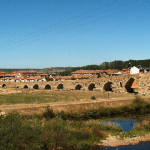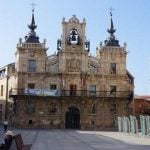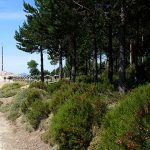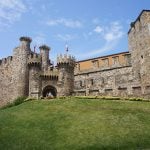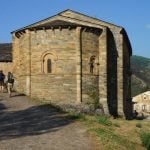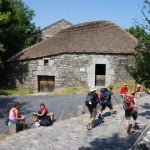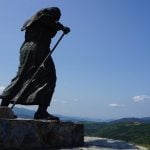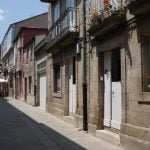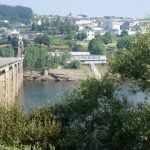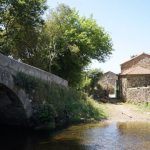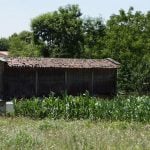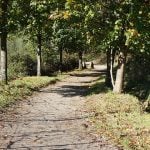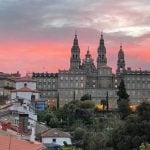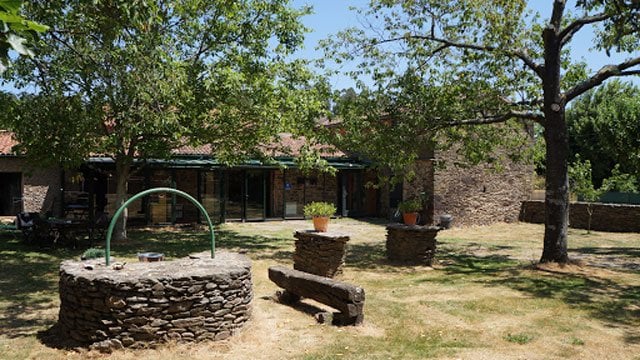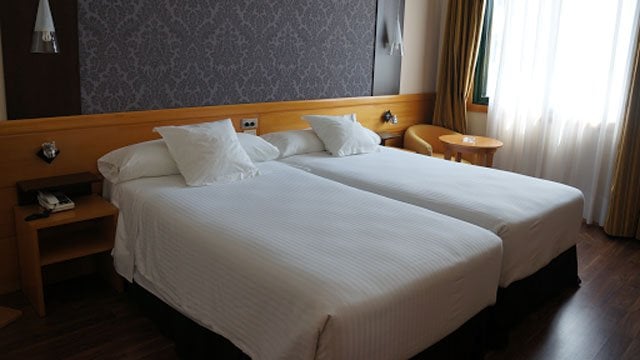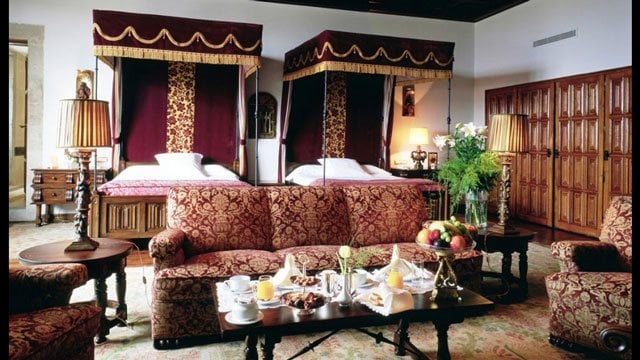Full Camino Francés (Saint-Jean-Pied-de-Port to Santiago)
The Full Camino Francés route takes pilgrims from Saint-Jean all the way to Santiago de Compostela. The French Way is the most famous of the Camino routes. Millions of pilgrims have walked the Camino since the Middle Ages. More than just a pilgrimage, the Camino is a very unique social and cultural experience and a truly memorable adventure.
Step back in time and follow in the footsteps of medieval pilgrims by walking the Full Camino Francés from Saint-Jean-Pied-de-Port in the French Pyrenees to the stunning city of Santiago de Compostela in Galicia, where the remains of St James are believed to be buried.
Breathtaking scenery, towns and cities full of history, and quaint villages full of charm will be part of this extraordinary journey. Highlights include the phenomenal views of the Pyrenees to the vineyards of La Rioja, and the lively tapas bars of Burgos to the magical beauty of O Cebreiro.
A life-changing experience for many, the essence of the Camino de Santiago is about enjoying each step of the journey. The fellow pilgrims you will meet and the camaraderie you will encounter along the way will make this trip unforgettable.
For inspiration about the full French Way, visit our blog and read all our Camino Francés articles. Thanks to our Johnny Walker series, you can also get a sense of the day-to-day French Way. The famous pilgrim walked the route in August 2020 for those who could not walk due to the pandemic. He and a friend walked 775km to Santiago, having many adventures along the way!
Click below to create your Camino Francés from Saint-Jean to Santiago Full Route. You can walk or cycle.
*Note that to receive your Compostela Pilgrim Certificate in Santiago, you must walk at least the last 100 km of the Camino Francés from Sarria, or cycle at least the last 200km of the Camino Francés from Ponferrada on the route.
